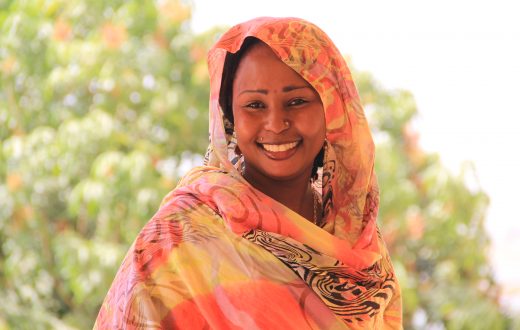After nearly four years of negotiations, a successful resolution to Colombia’s peace talks is at hand. On June 23, Colombian President Juan Manuel Santos announced that his administration had signed a cease-fire with the Revolutionary Armed Forces of Colombia, better known by its Spanish acronym, FARC, marking the official end of Colombia’s 52-year insurgency. Once the agreement has been implemented, FARC militants will gather at 30 predetermined locations, where they will eventually demobilize under the supervision of third-party observers. The final peace agreement could be signed as early as July 20, according to Santos.
It will likely take several months for the FARC to disband, but the most important step in the peace process could happen sooner. In the coming months, the Colombian government will put the accord to a national vote; Bogota will submit a request for a plebiscite to the country’s Constitutional Court on June 29. If voters approve the peace deal, some aspects of it — including the transitional justice scheme to grant former militants amnesty for certain crimes committed during the insurgency — will become law, giving FARC members wishing to demobilize additional legal protection.
The government will probably try to wrap up the plebiscite and demobilization process as quickly as possible. Dragging out the negotiations would be risky for both sides since a new president will take office by mid-2018. As the country’s campaign season heats up in 2017, the current administration will face increasing pressure to end the conflict, pass the peace deal into law, demobilize the rebels and start making good on its political concessions to the FARC.
And so, it will be important to watch for several developments over the next few months to determine what a post-FARC Colombia will look like. The first is whether factions of the FARC refuse to lay down their arms. If this happens, they will likely continue to participate in criminal activities, creating a post-conflict problem for the Colombian government to solve. But the FARC has been fairly cohesive in its observation of the cease-fire that has been in place since July 2015. Though some militants may return to a life of crime once a final deal is signed, the group’s leaders probably will not break ranks to strike out on their own. Meanwhile, the type of concessions Bogota is willing to make will also be crucial to the country’s political future. If an accord promises the FARC seats in Congress, the former rebels will have far more influence in Colombian politics than they would if they were to simply fade back into the population. No matter the details, though, one thing about Colombia’s future is clear: With its biggest insurgency winding down, the threat that leftist militants pose to government and private interests will soon diminish as well.







